The Cristalino Jungle Lodge is an avian paradise that has everything that makes Neotropical rainforest birding exciting: mixed-species flocks moving fast through the canopy and understory;
Availability: Year round
Gateway City: Alta Floresta – Mato Grosso – Brazil (AFL airport)
Duration: 4 to 7 days
Group size: Max 8 people
Departures: Daily
What to expect: good accommodation, easy to moderate terrain, moderate walks, exploring on foot and by boats, warm climate, occasional rainfalls.
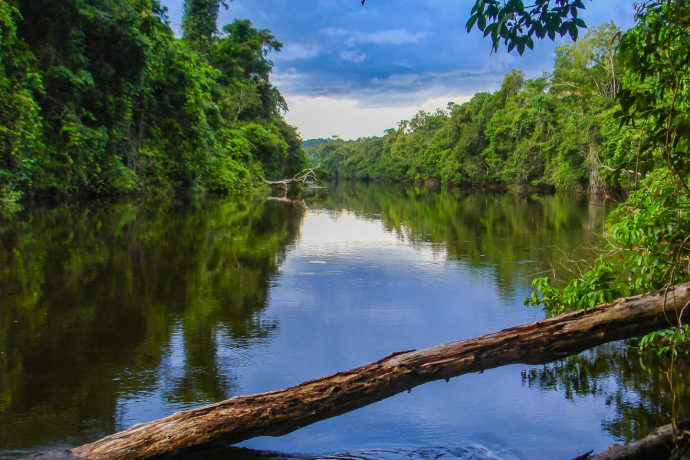
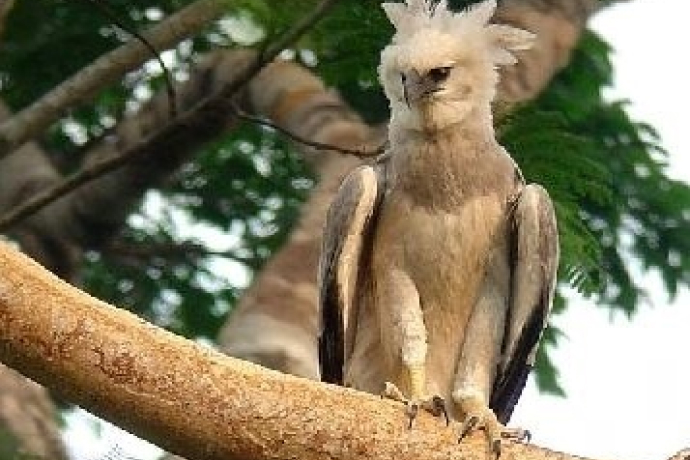


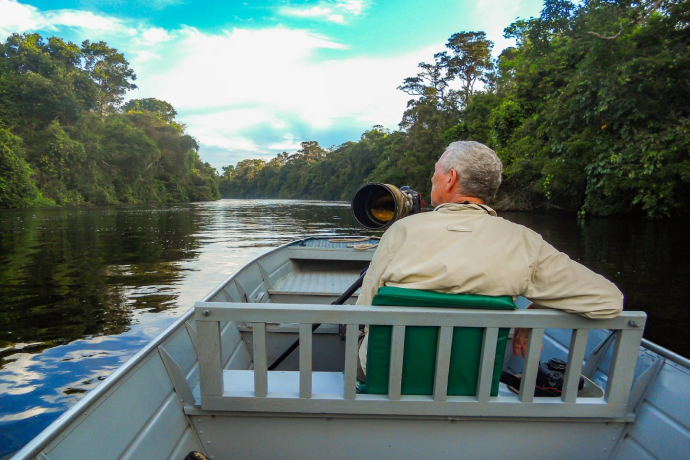
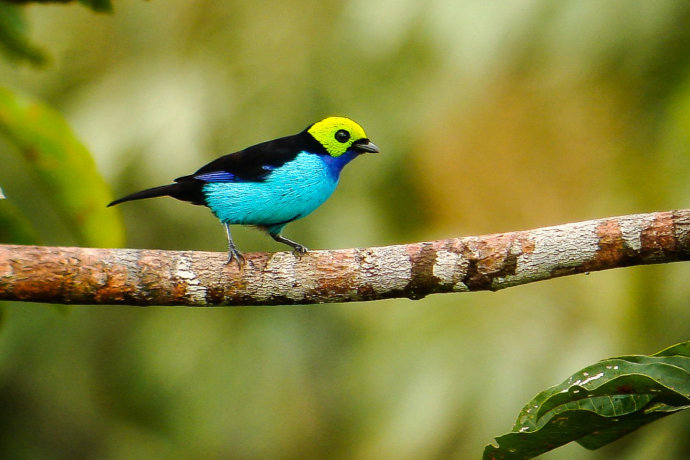
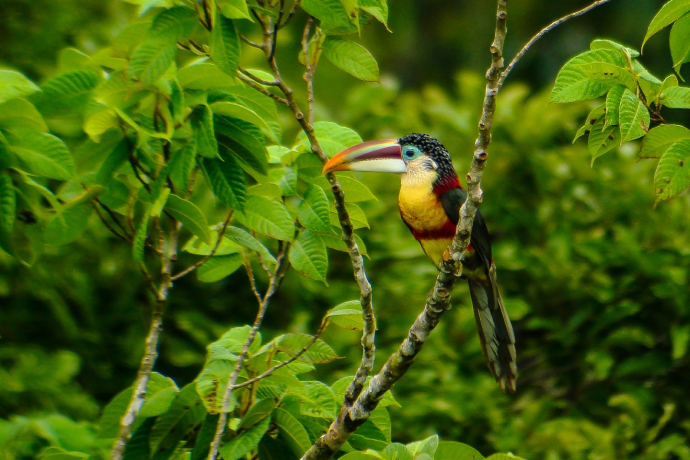
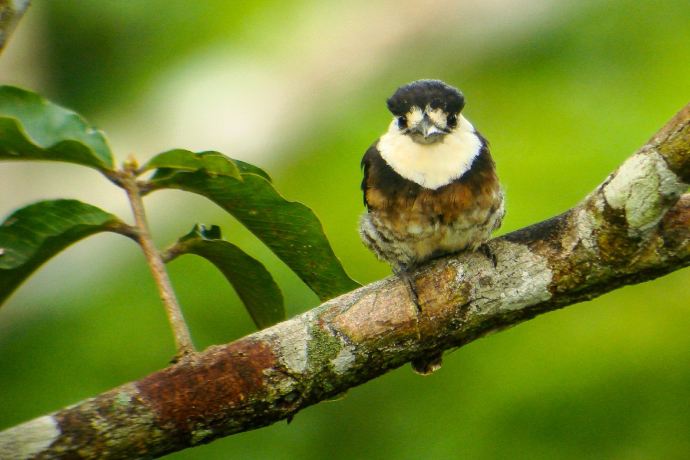
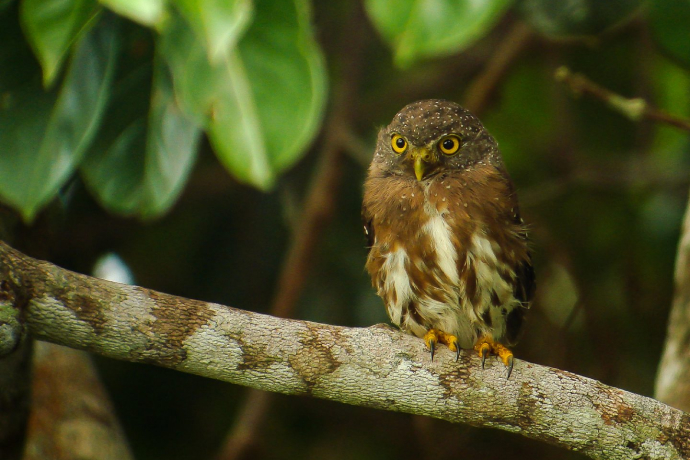
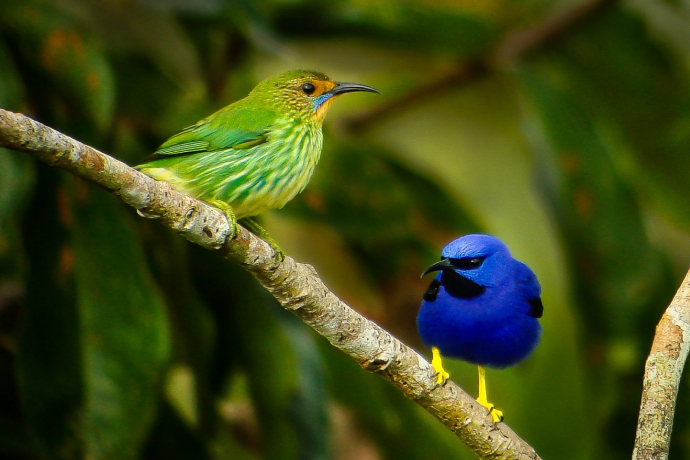
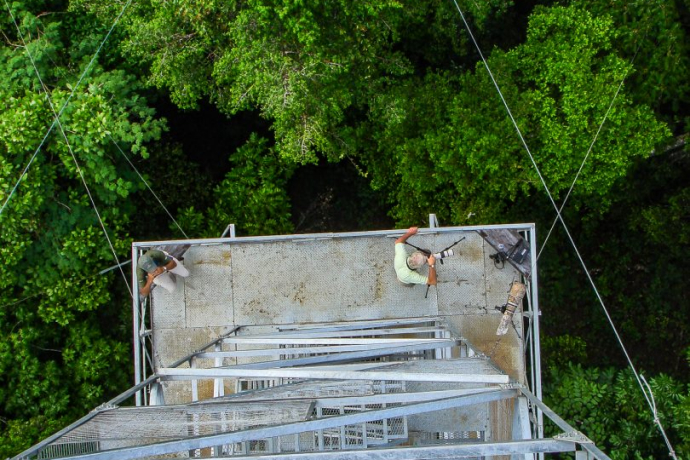
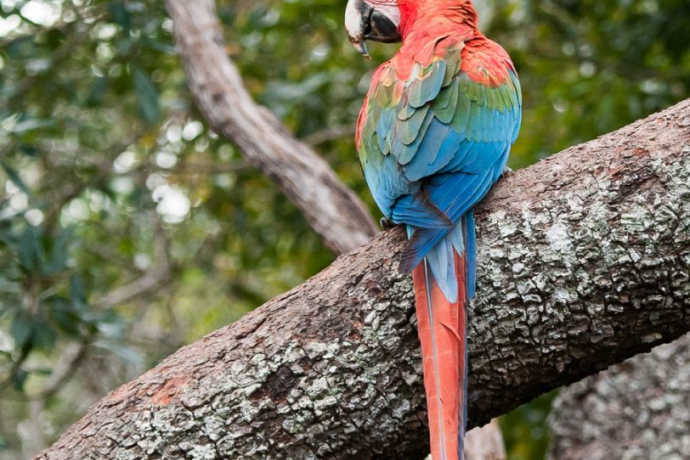

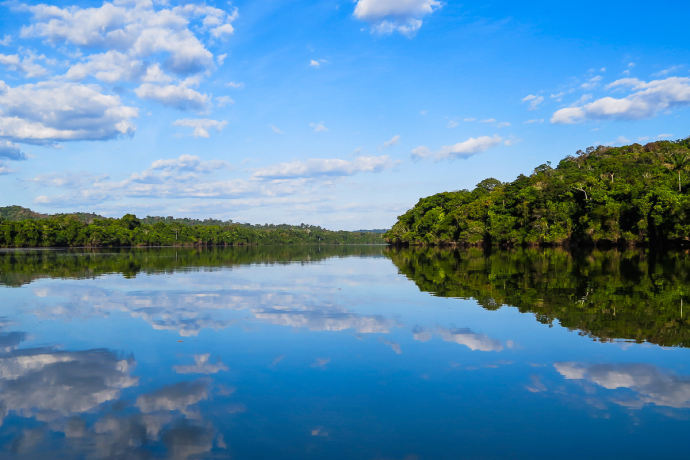

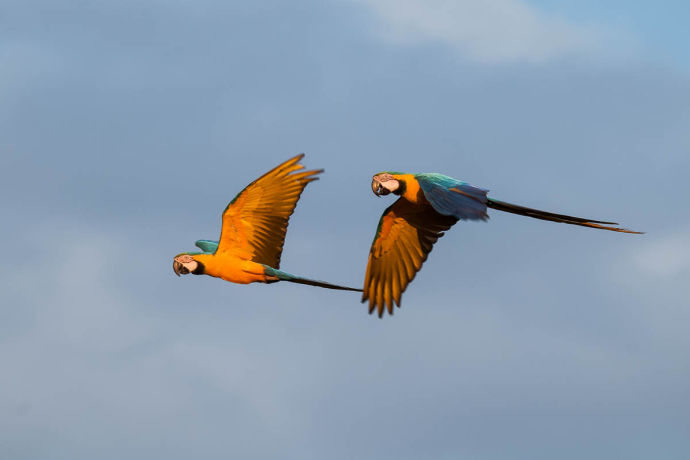

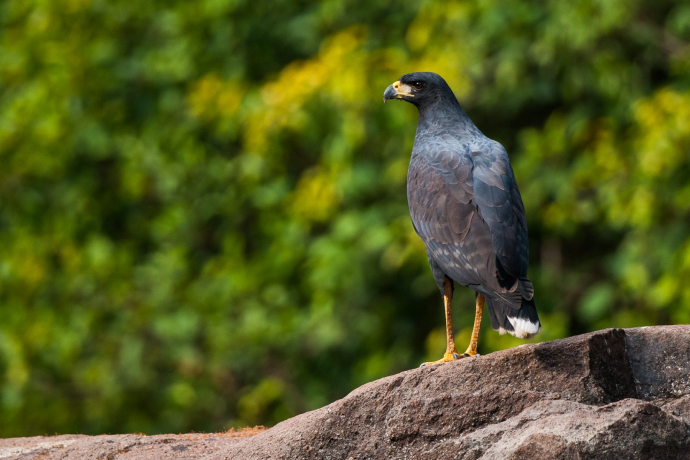


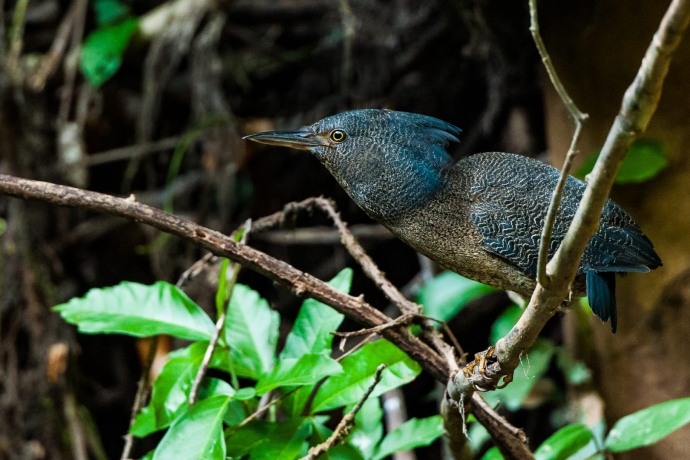
“A true jungle experience in one of the best birding spots of the entire Amazon basin”
The Cristalino Jungle Lodge is an avian paradise that has everything that makes Neotropical rainforest birding exciting: mixed-species flocks moving fast through the canopy and understory; obligated antbirds attending army ant swarms; colorful dancing manakins; parrots, macaws, toucans, and cotingas; several species of monkeys; butterflies; and numerous rare and/or highly localized species that are difficult or impossible to find elsewhere. Located in the heart of a vast forest reserve, along a beautiful blackwater river, the lodge is surrounded by pristine forest and offers very good accommodations and food, an extensive trail system, two 50 meter high canopy towers, and a list of over 600 species of birds.
The trails are planned in a way to reach the many different microhabitats of the area. These include igapó (flooded) and terra firme (higher ground) forest, bamboo thickets, rock outcrops and deciduous forest, clay licks, and extensive high-canopy rainforest. The Alta Floresta region lies in the northern part of Mato Grosso state, encompassing the southern edge of Amazonian lowland rainforest. Situated between two large rivers (the Rios Tapajos and Xingu) which have, over time, acted as barriers to the dispersal of many bird species, the region boasts numerous range restricted birds and monkey species not found elsewhere.
Among the possibilities are Zigzag Heron, White-browed Hawk, Harpy Eagle, Cryptic Forest-Falcon (recently described), Dark-winged Trumpeter, Razor-billed Curassow, about 20 species of parrots (including five macaws, Red-fan, Orange-cheeked, White-bellied, and Kawall’s Parrots, and Golden-winged and Crimson-bellied Parakeets), eight species of toucans and aracaris, Jacamars, several Woodcreepers, Woodpeckers, Trogons, Puffbirds, Barbets, dozens of Antbirds, Manakins, Tanagers, the colorful Spangled and Pompadour Cotingas, Screaming Piha, Amazonian Umbrellabird, Hoatzins and much more.
The area also offers excellent chances for mammals such as Brazilian Tapir, Southern Tamandua, Giant and Neotropical River Otters, two species of peccary, and up to nine species of Monkeys (included White-whiskered Spider, Night, Dusky Titi, Red-handed Howler, Brown Capuchin, and Silvery Marmoset). Jaguars and Amazonian Anacondas are often seen along the river.
Highlights: Pristine jungle, endemics and local specialties, prime amazon birding, canopy towers, remote and comfortable lodge.
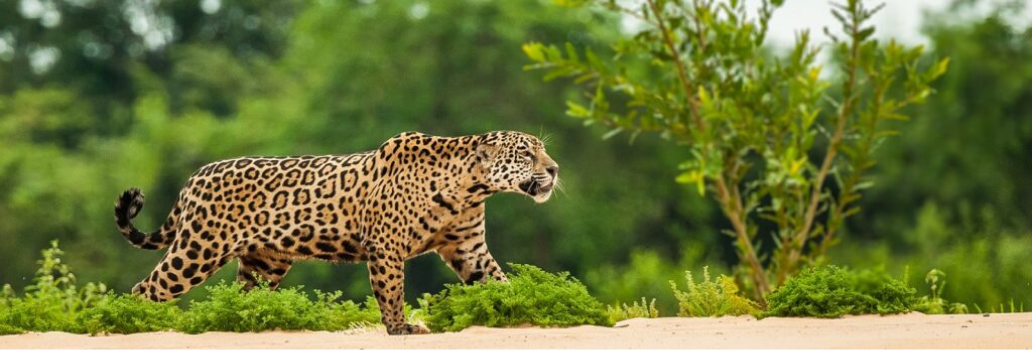
The largest wetland in the World, the Pantanal is one of the last major untouched nature reserves on the face of the earth.

The largest wetland in the World, the Pantanal is one of the last major untouched nature reserves on the face of the earth. The wildlife is amazingly abundant here, and its seasonally flooded plains attract immense quantities of birds and caimans, and is also one of the most mammal rich areas of South America.
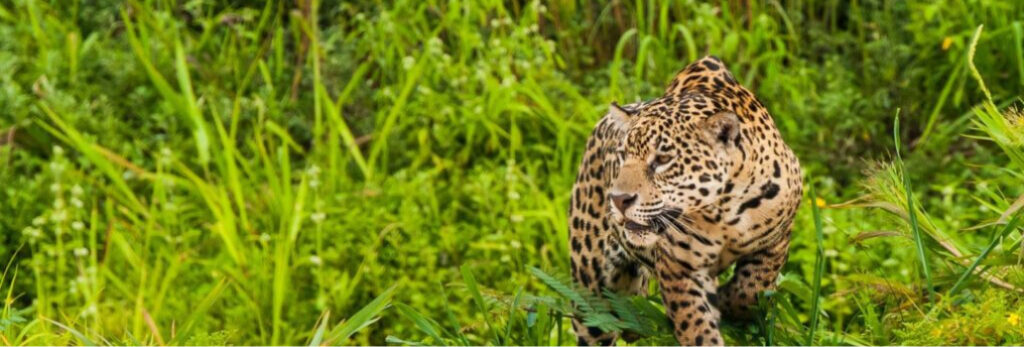
A birding trip that combines the abundant and diverse avifauna of the Pantanal with rare and range-restricted Cerrado species at Chapada dos Guimarães National Park.
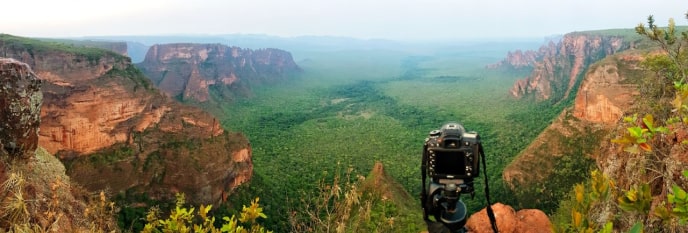
Chapada dos Guimarães National Park sits atop the Brazilian Central Plateau, on a very scenic area comprising cerrado scrubland bordered by huge sandstone cliffs and lush gallery forest.

Emas National Park is one of the largest protected areas of campo-cerrado habitat, which comprises a vast mosaic of open savannas and scrublands.

The Cristalino Jungle Lodge is an avian paradise that has everything that makes Neotropical rainforest birding exciting: mixed-species flocks moving fast through the canopy and understory.
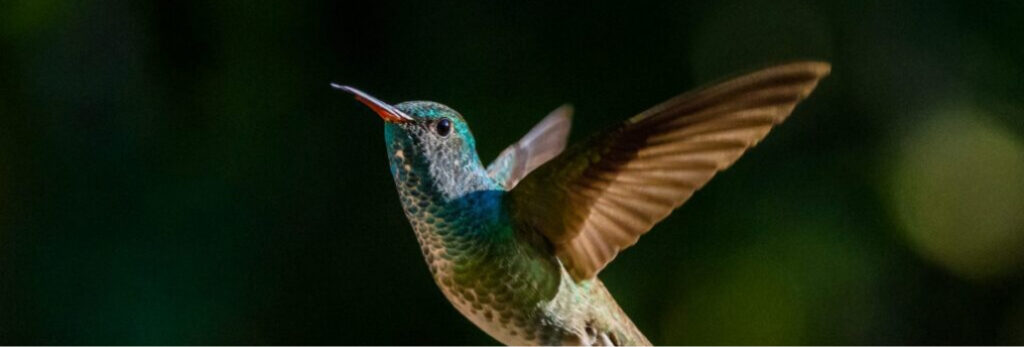
Located in the heart of a vast mountain range, Itatiaia National Park is the first Brazilian national park and one of the most famous birding spots in the Brazilian Atlantic Rain Forest.
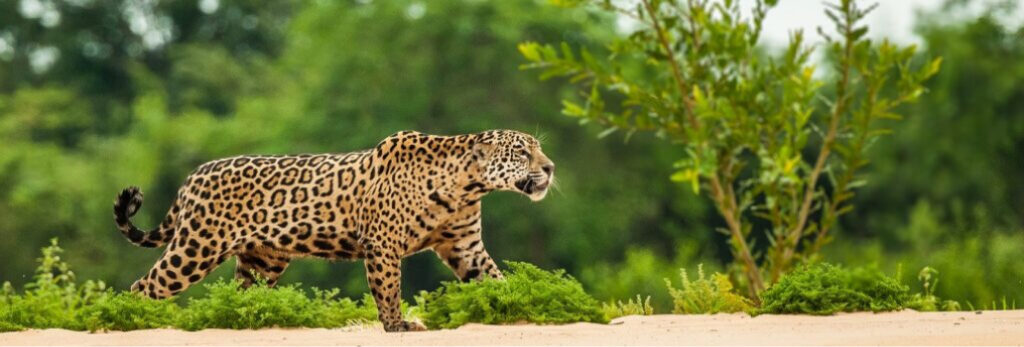
The largest wetland in the World, the Pantanal is one of the last major untouched nature reserves on the face of the earth, and a land of superlatives.
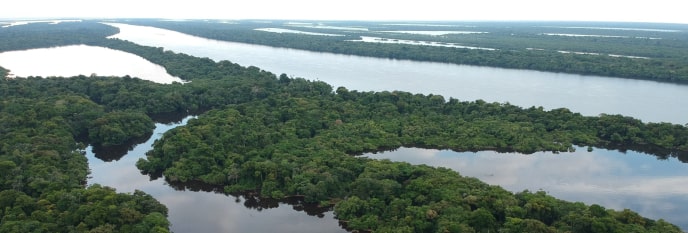
There is nothing like the Amazon on planet earth. It is the largest tract of continuous forest on the planet, covering nearly half of Brazil and a good portion of adjacent countries. This exclusive river cruise offers great photo opportunities and an unparalleled experience.

Few places on Earth still hold the magic aura found at Mamirauá Reserve. Brazil’s first “Sustainable Development Reserve”, Mamirauá is a huge reserve along the upper Amazon (Solimões) river.

This expedition takes place at the Parnaiba Headwaters National Park, a region of a particular scenic beauty where the vegetation is comprised by Cerrado scrublands and gallery forest.

There is no other city in the world such as Rio de Janeiro. Despite being the second largest city in Brazil, Rio has a nice and relaxed atmosphere, which is perhaps the reason it is famous as the Wonderful City.
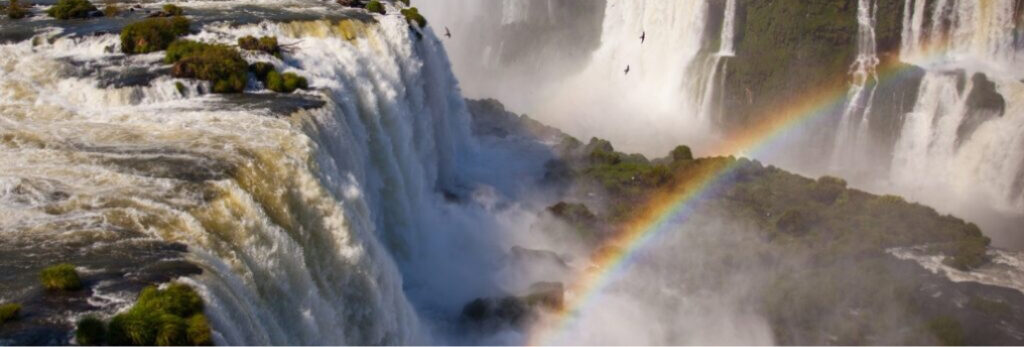
Iguaçu Falls can be described as the largest waterfall system in the World. But this is a very simplistic explanation. These falls are way beyond that, and way beyond what words can describe.
